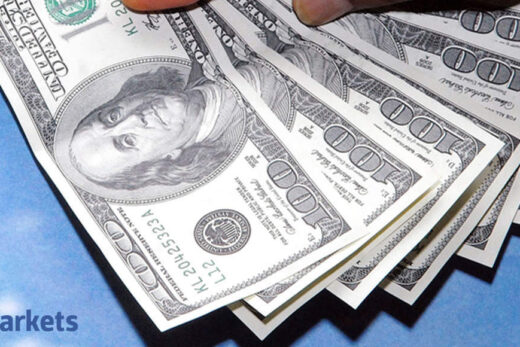U.S. West Texas Intermediate (WTI) crude futures slipped 5 cents to $74.98 a barrel at 0153 GMT, though the contract remained on track to post its sixth consecutive week of gains.
Brent crude futures fell 7 cents, or 0.1%, to $78.24 a barrel, but was still heading for a small rise on the week, marking a fourth straight week of gains.
All eyes are now on a meeting of the Organization of the Petroleum Exporting Countries (OPEC)) and allies led by Russia, together known as OPEC+, on Monday, where producers will discuss whether to go beyond their existing deal to boost production by 400,000 barrels per day (bpd) in November and December.
Four OPEC+ sources said adding more oil was being looked at as a scenario, without giving details on volumes or dates, against a backdrop of oil hovering near a three-year high and pressure from consumers for more supply.
“The upcoming OPEC+ meeting on Monday will be crucial for oil price direction next week. A production increase beyond 400,000 bpd would see some short-term relief,” ANZ Research analysts said in a note.
In the United States the Biden administration’s concern about high oil prices was on the agenda for a meeting between U.S. national security adviser Jake Sullivan and Saudi Crown Prince Mohammed bin Salman earlier this week, White House press secretary Jen Psaki said.
With natural gas prices soaring globally, power producers have been turning to fuel oil or diesel instead of gas, yanking oil prices higher. Generators in Pakistan, Bangladesh and the Middle East have already started switching fuels.
“This suggests that we should see strong oil demand in the coming months, which means a tighter-than-expected oil market through until the end of the year,” ING commodity analysts said in a note.



